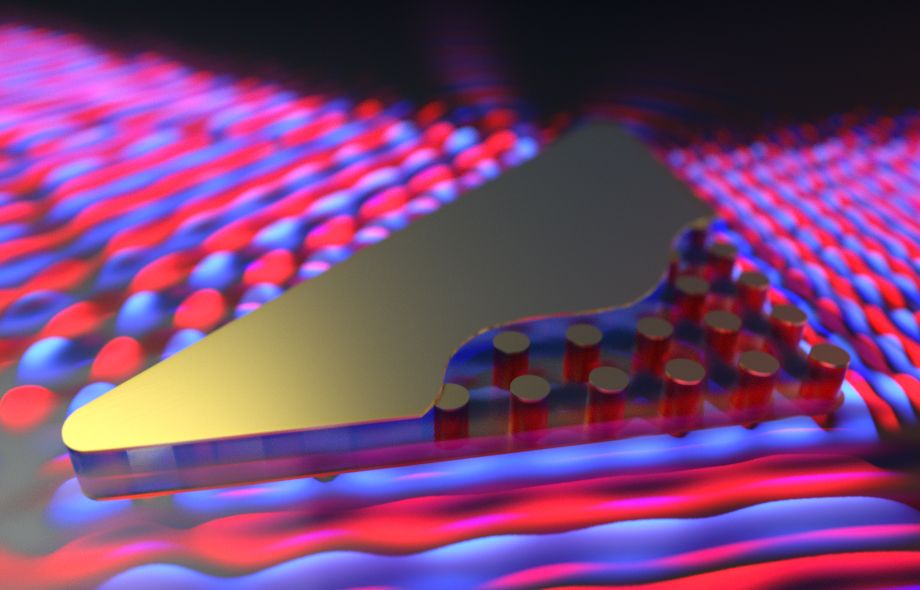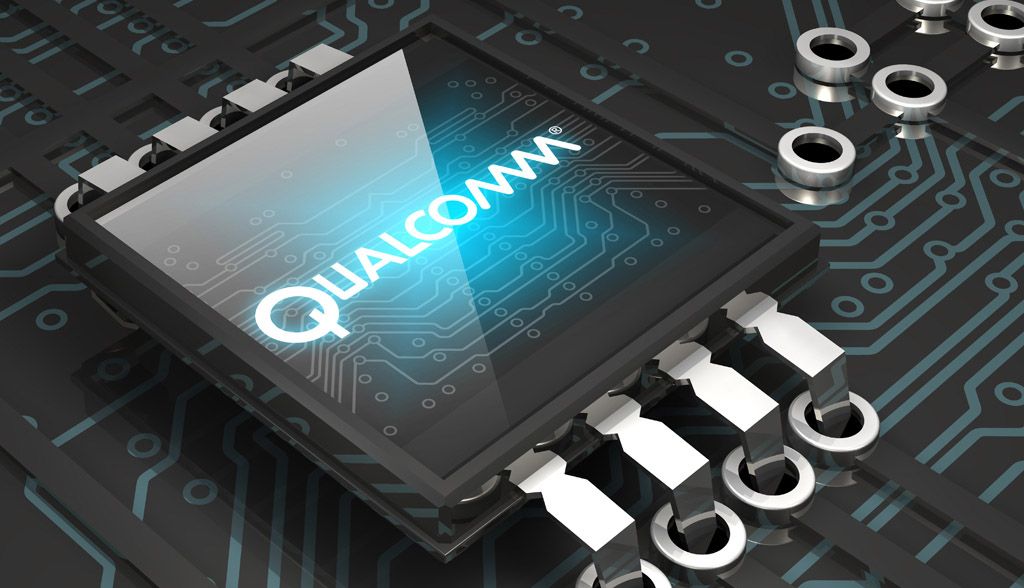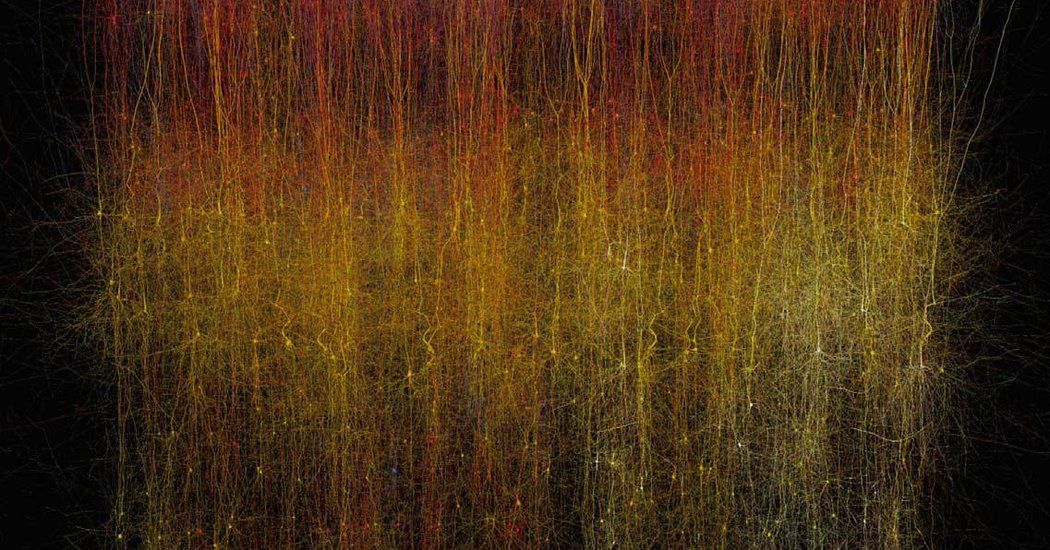Oct 24, 2015
How the Cutting Edge of Virtual Reality Is Making the Real World Seem Boring
Posted by Shailesh Prasad in categories: computing, materials, virtual reality
In the television series Star Trek, virtual reality-chambers called “holodecks” take humans into computer-generated worlds where they interact with avatars — and with each other. Imagine being able to visit a distant planet or Tahiti during your lunch break. In Star Trek, holodecks come into existence in the 24th century and reproduce all sensory perceptions, including touch and smell.
Chambers that replicate the touch and feel of solid materials are still a decade or two away. But virtual reality worlds that are amazingly similar to what we saw in Star Trek are already here. Hundreds of companies are working on virtual reality hardware, software, applications and content. I expect that 2016 will be the year when we start visiting exotic lands from the comfort of our offices and living rooms.
There are several technology developments which are bringing the future to us ahead of the Star Trek schedule. For starters, there is what is called “full-immersion virtual reality.” These are systems that take us out of the real world, into an entirely different digital realm. We hear stereo sounds and see panoramic displays that are so convincing that users lose track of time and space (they also, until very recently, suffered from serious nausea and motion sickness). Facebook’s Oculus Rift is the leading immersive virtual reality (VR) system but numerous others are either on the market or in the works.















